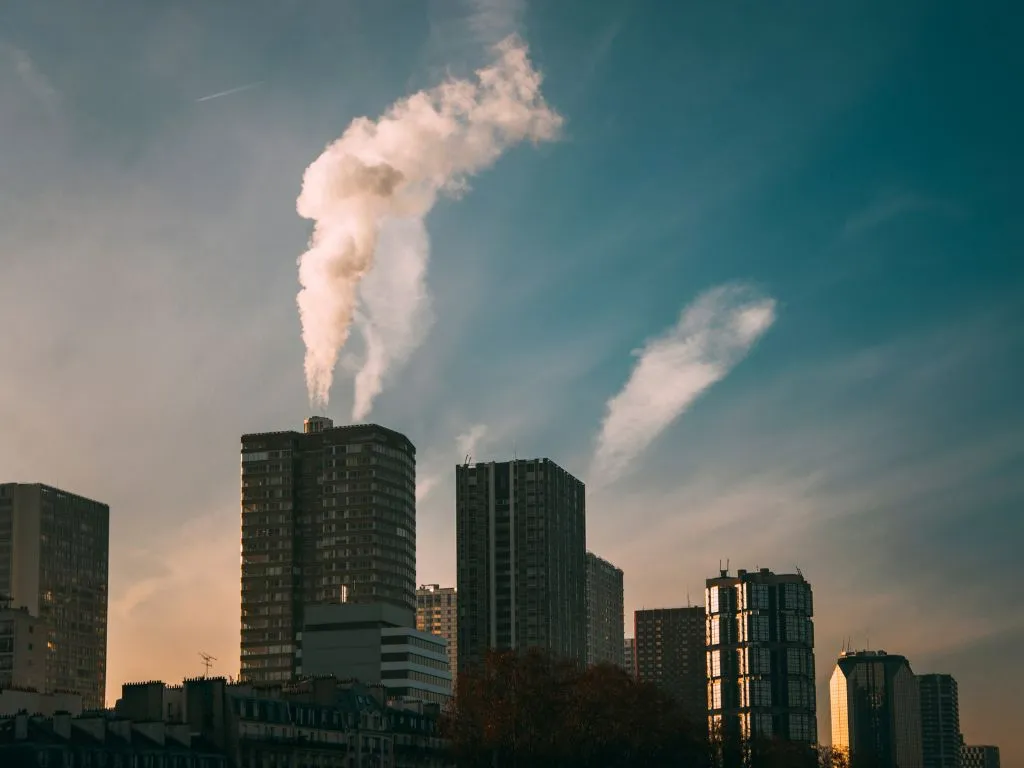News Details

Action Plan for New Pollutants Treatment in China
According to Notice No.15 of 2022 issued on May 24, 2022, by the General Office of the State Council of the People’s Republic of China, a newly approved Action Plan for New Pollutants Treatment was released aiming to improve China’s new pollutants treatment capacity drastically by 2025.
The 14th Five-Year Plan (2021-2025) for National Economic and Social Development and Vision 2035 of the People’s Republic of China has made it clear from its outline that the treatment of the new major types of pollutants - Persistent Organic Pollutants (POPs), endocrine disruptors, antibiotics, and microplastics. This is a straightforward method to strengthen source control and prevent the generation of new pollutants.
For pollutants that pose risks to the environment and human health but have not been effectively treated, the new action plan aims to establish corresponding long-term treatment mechanisms, such as chemical management policies and plans for new regulations, guidelines, restrictions and bans on “priority” chemicals by 2025.
Under the New Pollutants Treatment scheme, responsibilities are in general distributed to the concerned authorities, including the Ministry of Ecology and Environment (MEE), Ministry of Industry and Information Technology, Ministry of Agriculture and Rural Affairs, State Administration for Market Regulation, General Administration of Customs, National Development and Reform Commission, etc.
Among them, the MEE oversees investigations and information gathering of chemical substances, and also formulates relevant technical standards for pollution control, including risk assessments, socio-economic benefit analysis, and hazard testing. MEE will prepare a new overarching chemical framework, the Regulation for the Environmental Risk Management of Toxic and Hazardous Substances (formerly known as ERAC). Once implemented, this regulation will govern both new and existing chemical substances and sit above the country's law on new substances – MEE Order 12, underlining more on toxic and hazardous existing substances.
Some highlights and target publishing dates set from the Action Plan include:
- To complete the environmental risk screening of high concern and high volume (both production and consumption of chemical substances.
- To finish the environmental risk assessment of the first batch of high-priority chemical substances.[TO3]
- To publish a dynamic inventory of new pollutants before the end of 2025.
- To publish the first batch of Priority Assessment Chemicals (PACs) before the end of 2022.
- To publish the first list of new pollutants subject to priority controls before the end of this year, in which case the production, processing use, import and export of these priority new pollutants shall be prohibited or restricted.
- To complete the first round of a national survey of chemical substances in China before the end of 2023, involving collecting data on chemical names, production and use volumes, and also, more detailed information on the manufacture and use of PACs.
This plan at the same time focuses on “Green Production”. The MEE proposes to incentivize the substitution of toxic and hazardous chemicals for a "Green Manufacturing System", steering with a drive toward "Green products" and "Green supply chains". The toxic and hazardous chemical limits in national standards for consumer products like toys and school supplies are as well in the revision plan. Pilot projects for new treatments will be conducted in selected enterprises and industrial parks located in the Yangtze River basin, Yellow River basin, key drinking water sources, and key estuaries and bays.
Notably, hazard testing laboratories with adherence to Good Laboratory Practices (GLP) will also be developed, together with the National Chemical Substance Environmental Risk Management Information System and the Chemical Substances Computational Toxicology and Exposure Prediction Platform. It will cover not only industrial chemicals but also antibiotic medicines and pesticides. The persistent Bio-accumulative and Toxic Substances (PBT), Very Persistent, Very Bio-accumulative (vPvB), and adjuvants are gradually phased out and replaced.
Further goals are to crack down on the illegal production and processing of POPs and to strengthen the enforcement of new substance registrations via building computational toxicology and exposure assessment tools. For chemicals listed in the Inventory of Severely Restricted Toxic Chemicals and chemicals listed as obsolete items in the Catalogue for Guiding Industry Restructuring, usage will be strictly restricted to strengthen the environmental management for import and export. Proportion control of the priority new pollutants in products will be strengthened, incorporating control requirements for content of relevant new pollutants into mandatory standards for products like toys, school supplies, etc.
However, the plan only states directives for the MEE and other ministries to cohere in the next three years. Supporting regulations and implementation details shall be published to help the enforcement of the plan, which is expected to come later this year.
We acknowledge that the above information has been compiled from Chinese Government.


